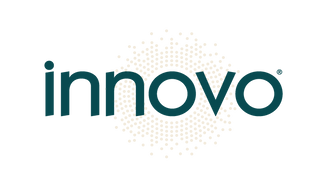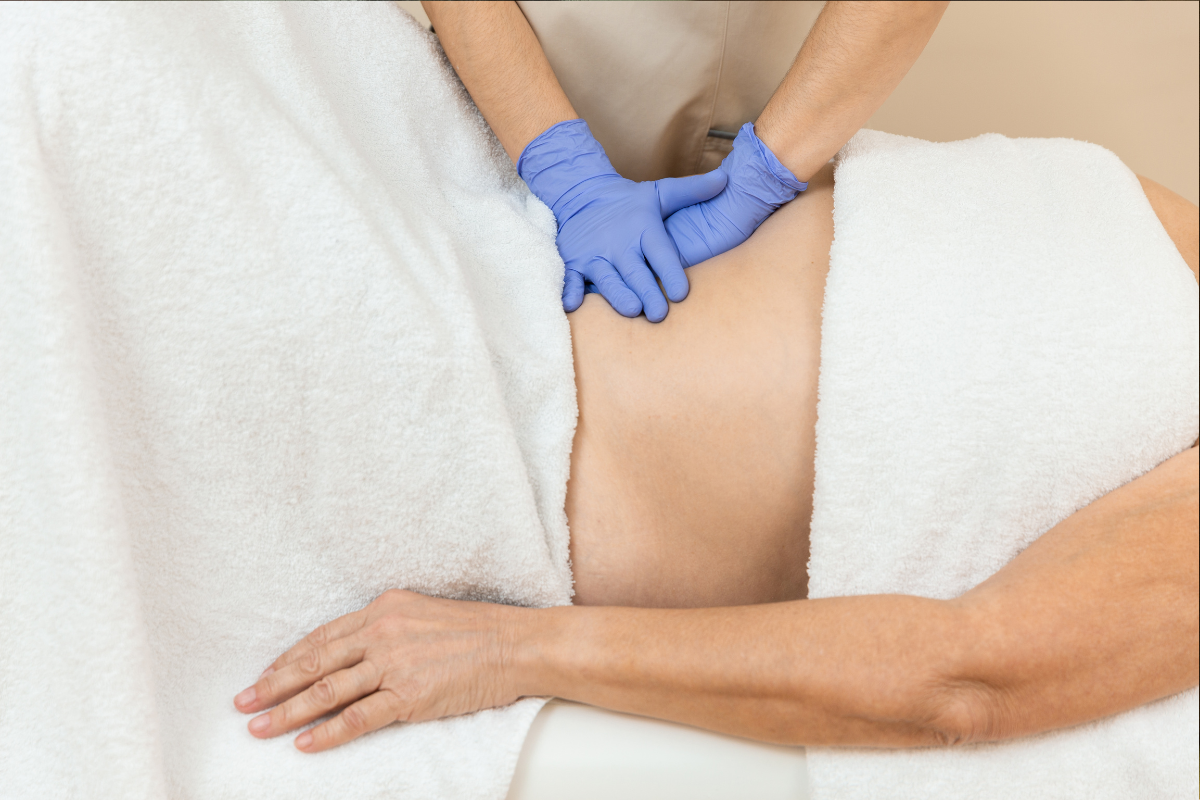The journey through pregnancy and childbirth brings about numerous physical changes, including the separation of the abdominal muscles known as diastasis recti. This common postpartum condition can significantly impact a woman's core strength and overall well-being. In this comprehensive guide, we'll explore how INNOVO offers a multifaceted approach to diastasis recti recovery, providing women with the tools they need to rebuild their strength and confidence.
Understanding Diastasis Recti
Diastasis recti, commonly known as abdominal separation, is a prevalent condition that occurs primarily during pregnancy and postpartum but can also affect individuals who engage in activities that place significant strain on the abdominal muscles. This condition involves the stretching and separation of the left and right sides of the rectus abdominis muscle, which runs vertically along the front of the abdomen, resulting in a visible gap or bulge in the midline. While diastasis recti is not inherently harmful, it can lead to various physical discomforts and functional limitations if left unaddressed.
Causes of Diastasis Recti
During pregnancy, the growing uterus exerts considerable pressure on the abdominal wall, causing the linea alba—the connective tissue that joins the rectus abdominis muscles—to stretch and weaken. Factors that contribute to the development of diastasis recti include:
- Pregnancy: The expansion of the uterus during pregnancy is the primary cause of diastasis recti. As the uterus grows to accommodate the developing fetus, it pushes against the abdominal wall, leading to separation of the rectus abdominis muscles.
- Multiple Pregnancies: Women who have had multiple pregnancies are at a higher risk of developing diastasis recti, as the repeated stretching of the abdominal muscles can exacerbate the condition.
- Genetic Predisposition: Some individuals may have a genetic predisposition to weaker connective tissue, making them more susceptible to diastasis recti.
- Excessive Abdominal Strain: Engaging in activities that place excessive strain on the abdominal muscles, such as heavy lifting or repetitive bending, can contribute to the development or worsening of diastasis recti.
Symptoms and Impact of Diastasis Recti
Diastasis recti can present with various symptoms, including:
- Visible Bulge or Ridge: A noticeable protrusion or bulge along the midline of the abdomen, particularly during movements such as sitting up, lying down, or performing abdominal exercises.
- Core Weakness: Weakened core muscles, including the rectus abdominis, transverse abdominis, and obliques, leading to difficulties with activities requiring core strength and stability.
- Lower Back Pain: Diastasis recti can contribute to lower back pain due to the compromised stability of the core muscles and altered spinal alignment.
- Digestive Issues: Some individuals with diastasis recti may experience digestive issues, such as bloating or constipation, due to decreased abdominal support and altered intra-abdominal pressure.
- Postural Changes: Diastasis recti can affect posture, leading to an exaggerated swayback posture or increased curvature of the spine (lordosis).
- Pelvic Floor Dysfunction: Weakness in the abdominal muscles can impact the function of the pelvic floor muscles, potentially leading to issues such as urinary incontinence or pelvic organ prolapse.
Treatment and Management Strategies
While diastasis recti is a common postpartum condition, addressing it promptly is crucial to prevent further complications and support optimal recovery. Treatment and management strategies may include:
- Pelvic Floor Exercises: Strengthening the pelvic floor muscles through exercises such as Kegels can provide essential support to the core muscles and aid in diastasis recti recovery.
- Core-Strengthening Exercises: Performing specific exercises targeting the abdominal muscles, including the transverse abdominis and obliques, can help close the gap caused by diastasis recti and improve core strength and stability.
- Physical Therapy: Working with a physical therapist specializing in postpartum care can provide personalized guidance and exercises to address diastasis recti and restore core function.
- Abdominal Bracing: Wearing a supportive abdominal binder or brace may help provide additional support to the abdominal muscles and promote proper alignment during daily activities.
- Surgical Intervention: In severe cases where conservative measures are insufficient, surgical repair of the abdominal separation may be considered to restore core strength and function.
The Role of INNOVO in Diastasis Recti Recovery
INNOVO offers a unique approach to diastasis recti recovery by targeting the underlying cause of the condition: weakened pelvic floor muscles. While traditional treatment methods focus primarily on strengthening the abdominal muscles, INNOVO takes a holistic approach by strengthening the entire core, including the pelvic floor.
How INNOVO Works
INNOVO utilizes Multipath® technology to deliver targeted electrical impulses to the pelvic floor muscles via a pair of non-invasive shorts worn for just 30 minutes a day. These gentle yet effective impulses mimic the natural pattern of muscle contractions, engaging and strengthening the pelvic floor muscles from the inside out.
By strengthening the pelvic floor muscles, INNOVO provides essential support to the core muscles, including the rectus abdominis, transverse abdominis, and obliques. This comprehensive approach helps to improve core stability, reduce abdominal separation, and promote overall postpartum recovery.
The Benefits of INNOVO for Diastasis Recti
INNOVO offers a range of benefits for women recovering from diastasis recti:
- Targeted Muscle Stimulation: INNOVO's advanced technology delivers precise, targeted impulses to the pelvic floor muscles, supporting diastasis recti recovery from the inside out.
- Non-Invasive and Convenient: With no probes or invasive procedures required, INNOVO offers a comfortable and convenient solution for diastasis recti recovery. Users can easily integrate INNOVO into their daily routine and experience results from the comfort of home.
- Clinically Proven Results: Backed by extensive clinical research and FDA clearance, INNOVO is scientifically validated for its effectiveness in strengthening the pelvic floor and supporting core health.
- Holistic Approach: By strengthening the entire core, including the pelvic floor muscles, INNOVO offers a holistic solution to diastasis recti recovery. Users can experience comprehensive improvements in core strength, posture, and overall well-being.
Empowering Women with INNOVO
INNOVO represents a transformative solution for women recovering from diastasis recti, offering a safe, effective, and non-invasive approach to core rehabilitation. By strengthening the pelvic floor muscles and supporting overall core health, INNOVO empowers women to reclaim their strength, confidence, and vitality postpartum.
Reclaim Your Core Strength with INNOVO
Ready to embark on your journey to diastasis recti recovery? Take the first step towards rebuilding your strength and confidence with INNOVO. Purchase your INNOVO Starter Kit today and experience the life-changing benefits of strengthened pelvic floor muscles. Say goodbye to abdominal separation and hello to a stronger, more resilient core with INNOVO. Subscribe to the INNOVO newsletter to receive a $20 discount code for your purchase!


